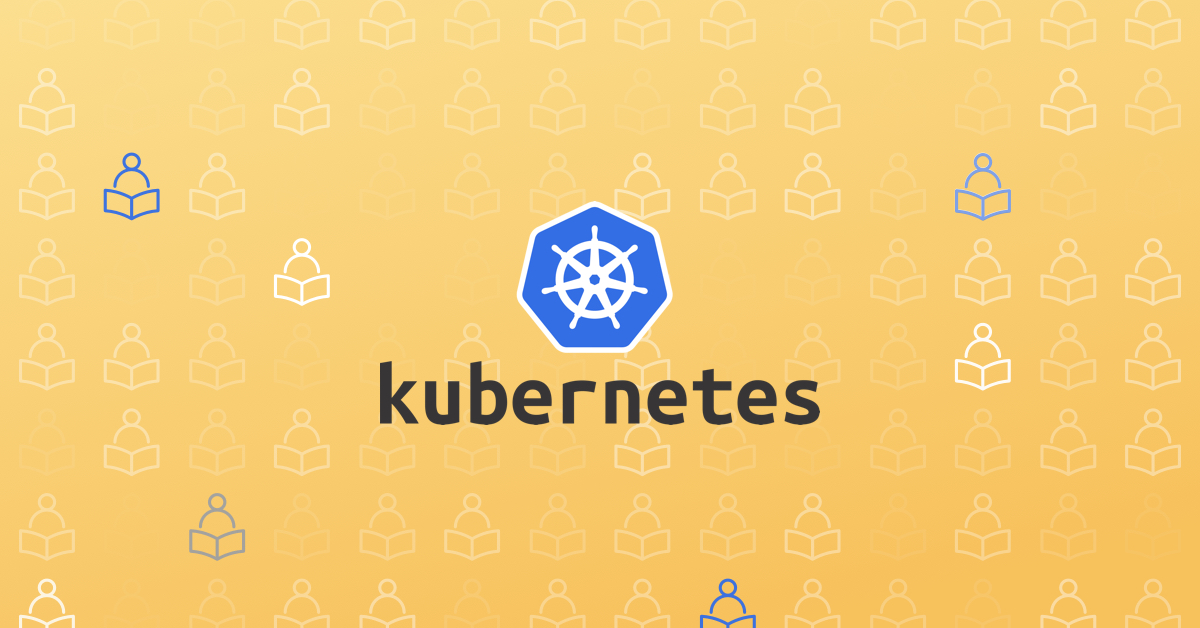
With today’s web services, people expect web applications to be accessible 24/7. For developers, on the other hand, expect to deploy new and updated versions of these applications a couple of times in one day. With that said, containerization ensures that package software serves these goals, allowing the deployment and updating of applications without downtime.
Kubernetes is an orchestration tool, which allows developers to ensure that these containerized applications run in the platform you want, and when you want to happen. Besides, it helps developers to find the tools and resources they need. However, it’s important to understand that learning Kubernetes takes time, and some developers give up before they even start learning it. In this post, we shall discuss a few tips to help you learn Kubernetes fast. Read on for more information.
Also read: Kubernetes Course
Read, listen, watch, and learn
The fact that you are reading about Kubernetes now means that you are on the right track. Seasoned experts in Kubernetes advise newbies to do some homework before they embark on their journey. The good thing is, there are hundreds of valuable and informational materials out there on different online platforms that can help you to get acquainted with Kubernetes.
Besides, you can also find books that provide amazing and informative content for the reasons behind Kubernetes, that is, the importance of orchestration, as well as the evolutionary path of software in the era of microservices and containers. Lastly, you should consider reading the Kubernetes guide by Red Hat, as it will help you to understand how the orchestration tool fits into today’s enterprise IT architecture.
Have a plan to understand different concepts
Now, once you have the basic understanding of Kubernetes platform, it’s time to delve deeper into the different models that make Kubernetes work. Here, you need to understand that these models are different from the common ones you are used to. So, you will need to start your learning process with containers, before getting yourself acquainted with Kubernetes.
By packaging your application in a simple and immutable way, you’ll have made a huge step in learning how applications are deployed, as well as how they are monitored, updated, and grown. After that, you can proceed to Kubernetes concepts precisely. The thing is, learning Kubernetes is a step-by-step process, so don’t try to handle everything at the same time.
The orchestration tool has different structures, and it’s very easy for a new user to get lost. Begin with Kubernetes pods, and take your time to play with a functional Kubernetes cluster until you fully understand the details. Also, you should have a framework or plan to follow after you tackle the pods as your first concept. The best way to get started with Kubernetes is to outline the framework first, and then proceed logically.
So, the best method is to learn the Kubernetes building blocks (such as pods), services (Cluster IP), volume management, networking, and load balancing/service discovery.
Do a Kubernetes test ride
When you start understanding the core concepts of Kubernetes, you can start a simple app deployment. This will help you to learn how clusters behave, as well as the possible challenges to expect. When doing a Kubernetes test run, you can use a managed cloud service or local service.
One thing you must note, however, is that getting Kubernetes up and running is the most challenging part for new users. However, using tools like Minikube you can temporarily skip this step, and get to learn how to deploy and manage applications with Kubernetes. After that, you can go back and learn how to build and manage your clusters.
Learning how to deploy and manage your clusters can be needlessly painful. There’s a chance that you will get stuck in the challenges of creating and managing the Kubernetes cluster, instead of focusing on learning the result that comes from the process. The thing is, don’t be concerned about building a cluster in the beginning—just do the simpler activity.
Begin with the non-critical tasks
Trial and error is part of a successful learning process. There’s no better way to learn than making an error in a production setting. Now, when you anticipate these early mistakes, it becomes easier to mitigate their effects on lower-level apps.
This is very important as you grow yourself from the testing and learning mode to managing containers in the production model. At this point, you can consider using orchestration platforms like OpenShift to scale and manage containers.
After you gain confidence with the commands and concepts, you can plan how to use Kubernetes on non-critical tasks. This is the best place to start because you can learn, make mistakes, and gain the confidence you need to start deploying more critical tasks.
Delve deeper into Kubernetes
When learning Kubernetes, ensure that your learning curve is not flat, but a curve. Parts of your learning process should involve better grasping of the concepts, as well as gaining a better and deeper understanding of Kubernetes.
So, once you build your first applications and start getting comfortable, it’s time to delve deeper into the magic that Kubernetes can do. Here, you will need to learn a few things, like:
How do Kubernetes route services?
How does the platform enable persistent volumes and manage them while the pods move?
What options do you have to address your need for securing pods?
Learning this will prepare you to effectively use managed Kubernetes, as well as build your private clusters.






